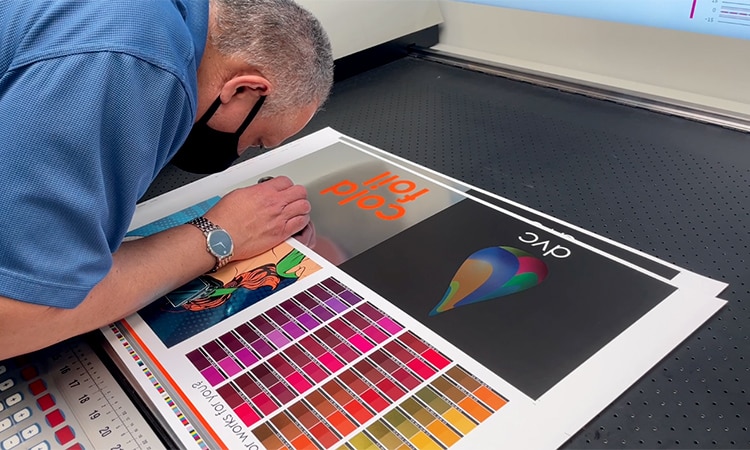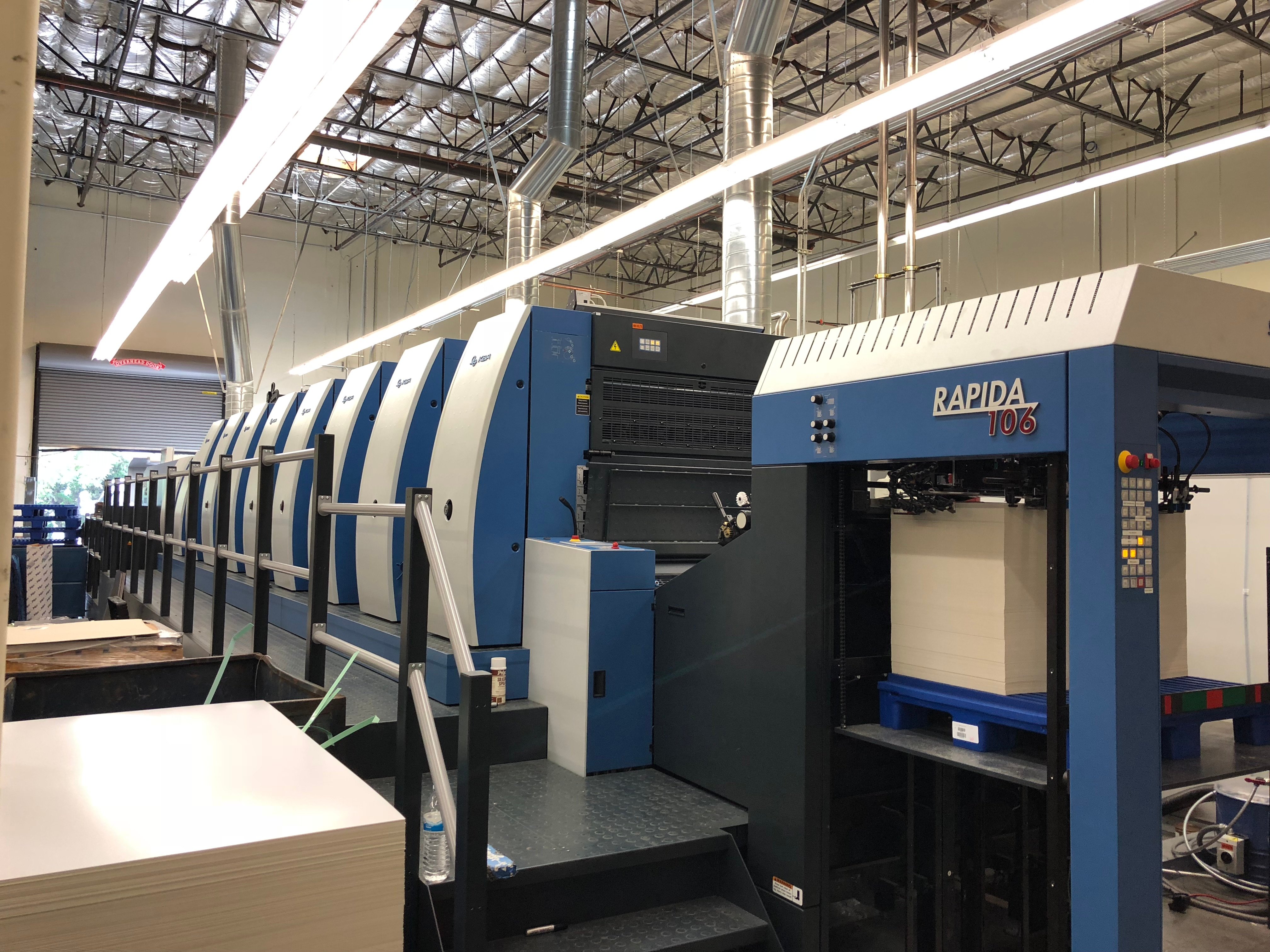litho printing for Magazines, Flyers, and Pamphlets
litho printing for Magazines, Flyers, and Pamphlets
Blog Article
A Comprehensive Guide to Recognizing Litho Printing Strategies
The globe of litho printing, a method stemming from the late 18th century, is a remarkable mix of history, scientific research, technology and art. This extensive overview will unravel the complexities of this printing technique, from the composition of litho inks to the difficulties faced in modern-day applications. As we venture into the ins and outs of lithography, the relevance of automation and sustainability in ensuring its future importance becomes increasingly clear. Remain with us as we trip into the captivating world of litho printing.
The Historic Advancement of Litho Printing
The historic trajectory of litho printing, a critical innovation in the realm of interaction, is an exciting story of human resourcefulness. Birthed in the late 18th century by Alois Senefelder, this method was at first an economical approach of releasing theatrical works. Lithography, stemmed from the Greek words for 'stone' and 'to write', made use of a smooth stone surface to transfer photos onto paper. The process advanced with the introduction of the rotating press, which greatly increased performance (litho printing). In the 20th century, the development of offset lithography reinvented the industry, enabling mass production of high-grade prints. Each stage of litho printing's development showcases mankind's relentless quest of effectiveness and quality in aesthetic interaction.
Deciphering the Scientific Research Behind Litho Printing Inks
Relocating onward in the expedition of litho printing methods, the focus currently moves to the science behind litho printing inks. The composition of these inks, their drying process, and color mixing strategies develop the backbone of this intricate art kind. Recognizing these aspects is essential to grasping the craft and accomplishing the desired print results.
Structure of Litho Inks
In lithographic printing, the fundamental function of litho inks can not be overemphasized. The make-up of litho inks differs relying on its function, yet normally, they contain 2 main elements - pigments and cars. Pigments, the color-providing elements, are carefully ground particles suspended in the lorry, a fluid that brings the pigment onto the printing surface area. The car is an intricate mix of solvents, materials, and oils, which influence the ink's drying time, adhesion, and gloss. In addition, various additives exist to enhance particular residential or commercial properties like circulation, drying out, and resistance to ecological results. Each element plays an important part in the final print's top quality, making the precise formula of litho inks a detailed science.
Ink Drying Process
From the make-up of litho inks, interest turns to the fascinating procedure of ink drying. 2 primary approaches are used in litho printing: oxidative drying and absorption. Absorption, on the other hand, involves the ink seeping into the paper fibers, which is a quicker process however can lead to less vivid shades.
Color Combining Methods
While the drying out process plays a crucial role in litho printing, the scientific research of color mixing methods holds equivalent importance. This is a complex procedure that entails the careful mixing of primaries: cyan, magenta, and yellow, in varying proportions to achieve a large selection of colors. The addition of black ink, called 'crucial', aids in regulating the strength and deepness of the colors. The science behind litho printing inks likewise takes into consideration the transparency of the ink, which affects how colors overlay and mix. To accomplish an efficient shade mix, print professionals must likewise comprehend the details of ink habits, color theory, and the physical residential or commercial properties of the substrate on which the ink is applied.
The Art and Design Elements in Litho Printing
Litho printing breathes life into art and layout through its unique aspects. Litho printing fits a range of colors, enabling artists to produce vibrant and vivid prints. This mix of accuracy and flexibility makes litho printing a recommended option for several musicians and designers.
Modern Applications of Litho Printing Strategies
Litho printing methods have found substantial use in the contemporary commercial field. Its impact and value continue to grow with the introduction of brand-new innovations and technologies in the area. This section will explore these contemporary applications and the transformative function they play in the printing industry.
Business Litho Printing Makes Use Of
In today's electronic age, one could question the significance of standard printing approaches. Litho printing continues to be a critical component of the industrial field. High-volume printing jobs, such as the manufacturing of books, newspapers, and product packaging, count on litho printing for its capability to deliver remarkable photo top quality and price efficiency. The process, which includes transferring a tattooed image from a plate onto a rubber blanket and then to the printing surface, supplies unmatched consistency. This makes it excellent for work needing a large print run. Litho printing additionally provides a broad shade spectrum, above that of digital printing. This makes it the go-to selection for jobs that require lively, high-grade shade reproduction.
Technologies in Litho Printing
Pressing the boundaries of conventional methods, modern developments have actually sustained a host of technologies in litho printing. These breakthroughs have not only enhanced the top quality and performance of litho prints but likewise broadened its application range. One famous growth is digital litho printing, which integrates the virtues of digital technology with litho's top quality result. This hybrid version offers faster configuration times, lowered waste, and makes it possible for on-demand printing. An additional significant improvement is the introduction of ecologically friendly inks. These inks, made from vegetable or soy-based solutions, have actually considerably reduced the industry's ecological impact. litho printing. Furthermore, the growth of look here sophisticated plate innovation has streamlined the printing procedure, leading to sharper pictures and improved color integrity. These innovations underscore the enduring importance of litho printing in the modern world.
Discovering the Process of Litho Printing: Detailed

Obstacles and Solutions in Contemporary Litho Printing

Despite the accuracy and practice that litho printing happily upholds, it is not wikipedia reference without its collection of contemporary obstacles. The most prevalent concerns include the high initial arrangement price, problem in printing variable information, and ecological problems because of chemical use. Nonetheless, solutions are emerging as modern technology advances. Digital litho printing permits cost-effective brief runs and very easy personalization, resolving the problem of variable data. Environmentally-friendly inks and safer plate-making processes reduce environmental concerns. Furthermore, innovations in automation have actually decreased labor costs, additionally democratizing the lithography process. Thus, while there are obstacles, the litho printing market is proactively adjusting to meet them head-on, ensuring its relevance in the future.
Conclusion
In final thought, litho printing, with its rich history and clinical ins and outs, holds a substantial area in the print industry. As the overview exposes, it's a synthesis of art and innovation, with modern-day developments ensuring its significance. Nonetheless, the market deals with obstacles that need cutting-edge services, with a concentrate on automation and sustainability. The future of litho printing depends upon its capacity to adjust to these changing demands, attesting its enduring value in an evolving market.

Report this page